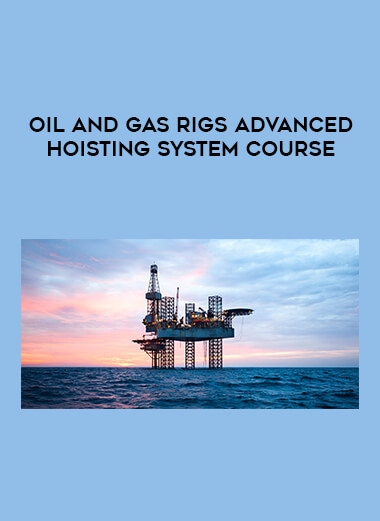
Oil and Gas Rigs Advanced Hoisting System COURSE
Salepage : Oil and Gas Rigs Advanced Hoisting System COURSE
Archive : Oil and Gas Rigs Advanced Hoisting System COURSE Digital Download
Delivery : Digital Download Immediately
2.78 GB
What you’ll discover
Identify all components of the rig hoisting mechanism (Draw-works, Drilling line, Deadline anchor, Crown-block sheaves, travelling block sheaves,,, etc)
Understand each component’s technical functionality (How it works & the role of each component in relation to the whole system).
Discover what safety equipment the hoisting system has in all of its components and, most importantly, how to keep them safe and functional at all times.
Understand how to detect and rectify any flaws in the hoisting system and take remedial action as soon as possible.
Be able to develop rigorous safety and preventative maintenance plans for the system’s safe and effective operation.
Recognize how the OEM relates to the safe usage of hoisting system equipment and measurements.
Know the most significant and commonly used calculation formulae for the draw works speed and the drum fleet angle.
Measure the wear on the drum’s le-bus grooves and sheaves gauges to ensure that the wear stays within the manufacturer’s OEM.
Understand ton-mile computation techniques, as well as slip and cut procedures and processes.
Be aware of the pre-bidding requirements for hoisting system components defined by the drilling or workover customer, as well as the criteria used to determine NPT (non-productive time).
Understand the link between wire rope slings and sheaves (ANSI Standards).
Learn everything there is to know about the hoisting system so that you can answer any inquiries about it in employment interviews.
Learn how to conduct a professional and complete examination of drawworks, crown blocks, traveling blocks, drilling lines, and eddy current brakes.
Understanding the water quality criteria, water additives must be applied to the water coolant utilized in the Drawworks as well as the Eddy current brake during braking friction.
Understand all API requirements pertaining to hoisting system equipment ( API standards for equipment Manufacturing as well as API standards for equipment inspection certification and validity).
Requirements
Students must be able to read, listen to, and comprehend basic English.
Description
This advanced course was created to fulfill the demands of a wide variety of HSE professionals and maintenance technicians who have limited understanding of this particular area or for those who wish to enter this field but lack the necessary information.
This course is unique on the web; it covers all elements of hoisting systems, giving highly technical material that can be used to build and implement strong health and safety checklists as well as preventative maintenance programs.
Based on years of expertise in the field as well as API standards, the course provides an in-depth description of the entire hoisting system components.
The course is divided into six sections, each of which discusses a specific component in depth, including how it works, potential flaws that might pose a risk, important technical information, and an advanced inspection checklist with illustrations. Furthermore, and most crucially, what are the safety-related devices in each component, how do they function, and how can they be kept performing as intended?
The course concludes with an explanation of API standards for all hoisting system components (API Standards for manufacturing, API Standards for inspection categories, and certification validity).
The advantages you acquire are numerous and valuable:
You will be able to do the following at the conclusion of this course:
Understand the primary function of Drawworks and why it is regarded as the most crucial piece of equipment on an oil and gas rig.
Understand the mechanics of each Drawworks’ braking system (The Main brake, The parking brake & Emergency brake)
Learn to undertake a complete inspection of the drawworks’ inner parts using a professional checklist and images.
Learn about the drawworks’ safety devices and how to keep them in excellent working order.
Understand the purpose and significance of a Twin-Stop system, as well as why it is regarded as the most critical safety-related component inside this system.
Know the maximum drum suggested speed and the method used to determine it based on the number of hoisting system lines and stand length.
Understand the drilling line’s technical specs and how to choose the best type of drilling line for each hoisting system.
Understand what the fleet angle is, how to calculate it, and, most importantly, how to prevent the extreme fleet angle from harming the drilling line through proper drawworks installation.
Be aware of improper work practices and inadequate maintenance methods that may impact and damage the drilling line, as well as what you can do to avoid them.
Understand the anatomy of the crown block and traveling block sheaves, as well as the safety-related devices that must be placed.
Learn how to measure the groove of the sheaves on both the crown block and the traveling block to avoid damaging the drilling line.
Learn about the wobbling test and how to do it!
Be mindful of the link between sheaves and wire ropes, which is reliant on both diameters, as well as the significance of bending angle (as specified by ANSI standards).
Learn about the tone-mile through a step-by-step technique of drilling line slip and cut.
Understand what an eddy current brake is, what its types are, how it may be properly tested using a professional checklist with photos, what its safety-related devices are, and what its water coolant quality criteria are.
You will also grasp technical proposal questionnaires for project bidding and how to appropriately fill them out so that they are regarded relevant and worthwhile.
Be able to conduct a professional hoisting system issue investigation, offering answers and precise remedial measures based on your in-depth knowledge of the system’s operation.
Who should take this course:
Those interested in expanding their understanding of oil and gas rig health and safety.
Those Health and Safety Practitioners who wish to work in the oil and gas industry.
Technicians in maintenance.
Rig managers and tool pushers.
Drillers and assistant drillers are both types of drillers.
Others who wish to learn more about Oil Rig Hoisting Systems or other comparable hoisting systems.
More from Categories : Everything Else




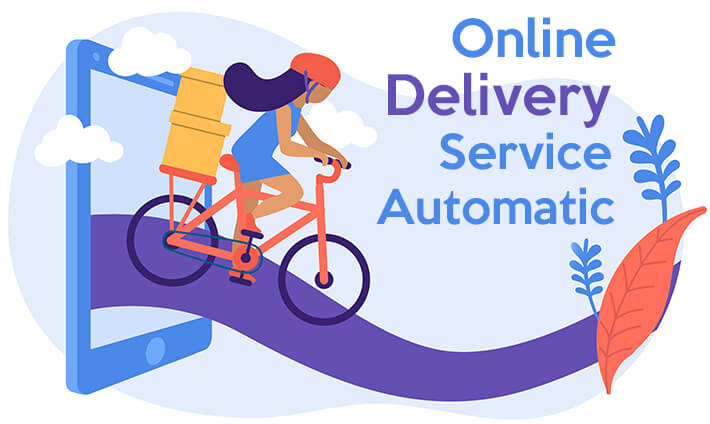
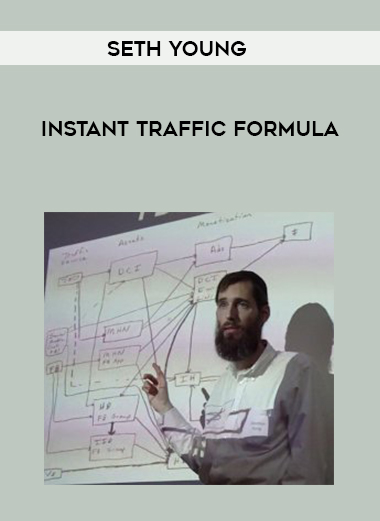
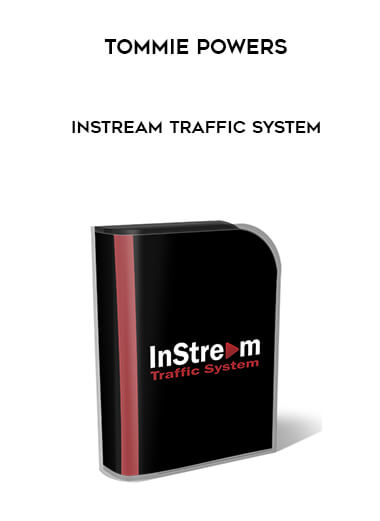
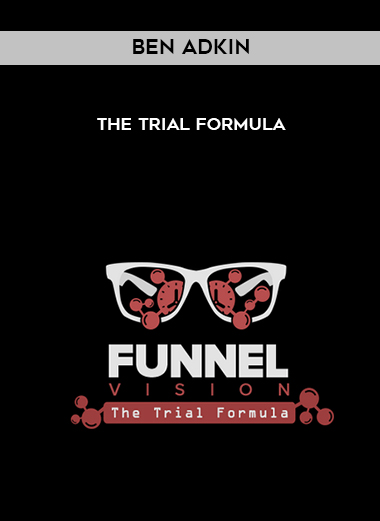
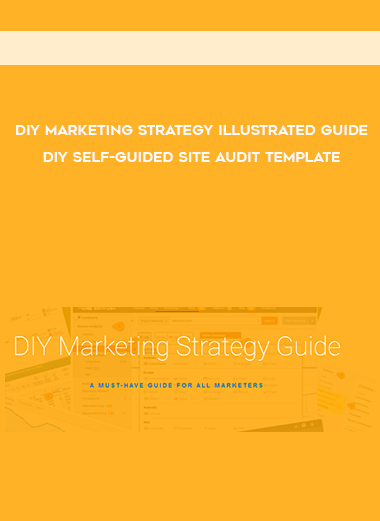





Reviews
There are no reviews yet.